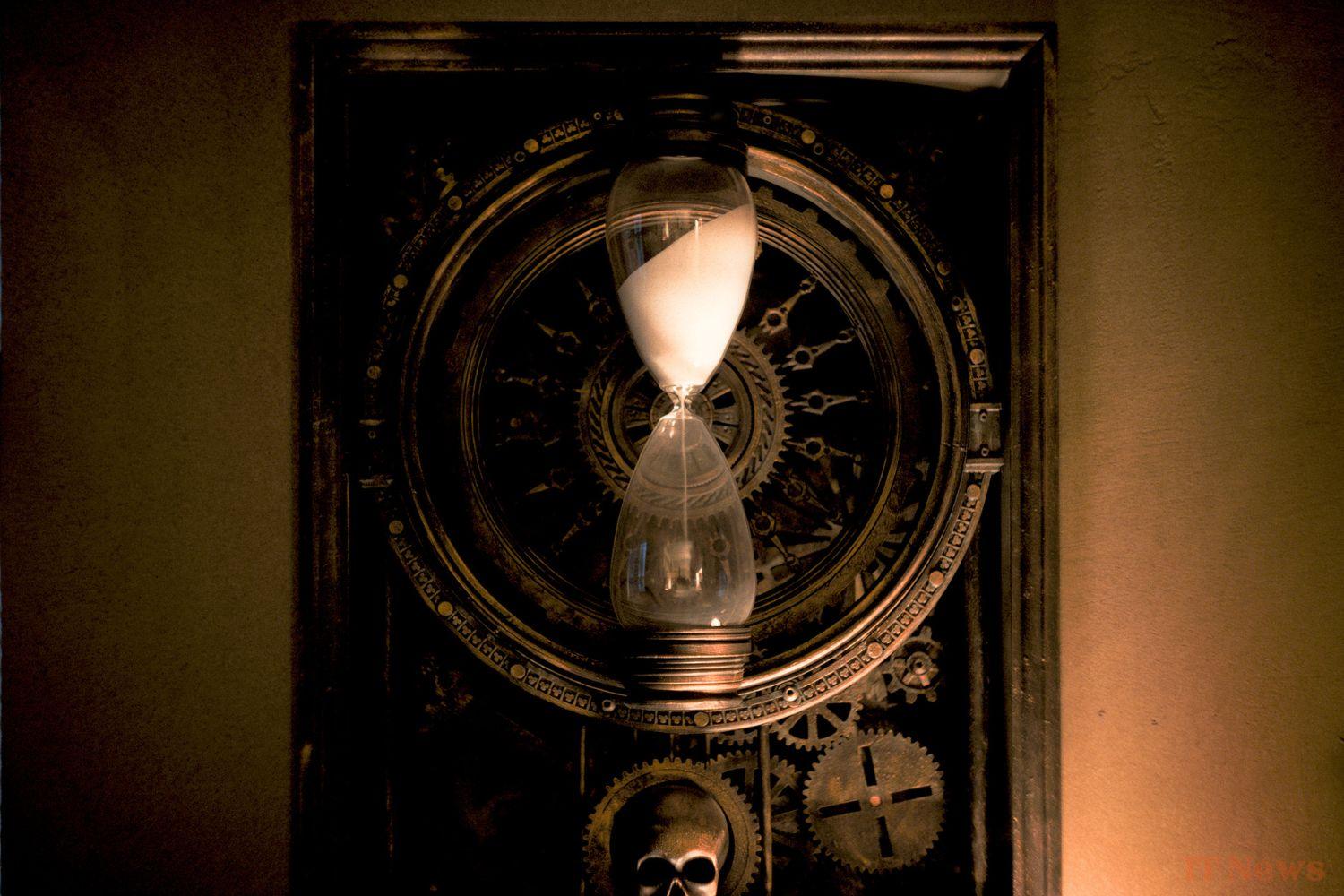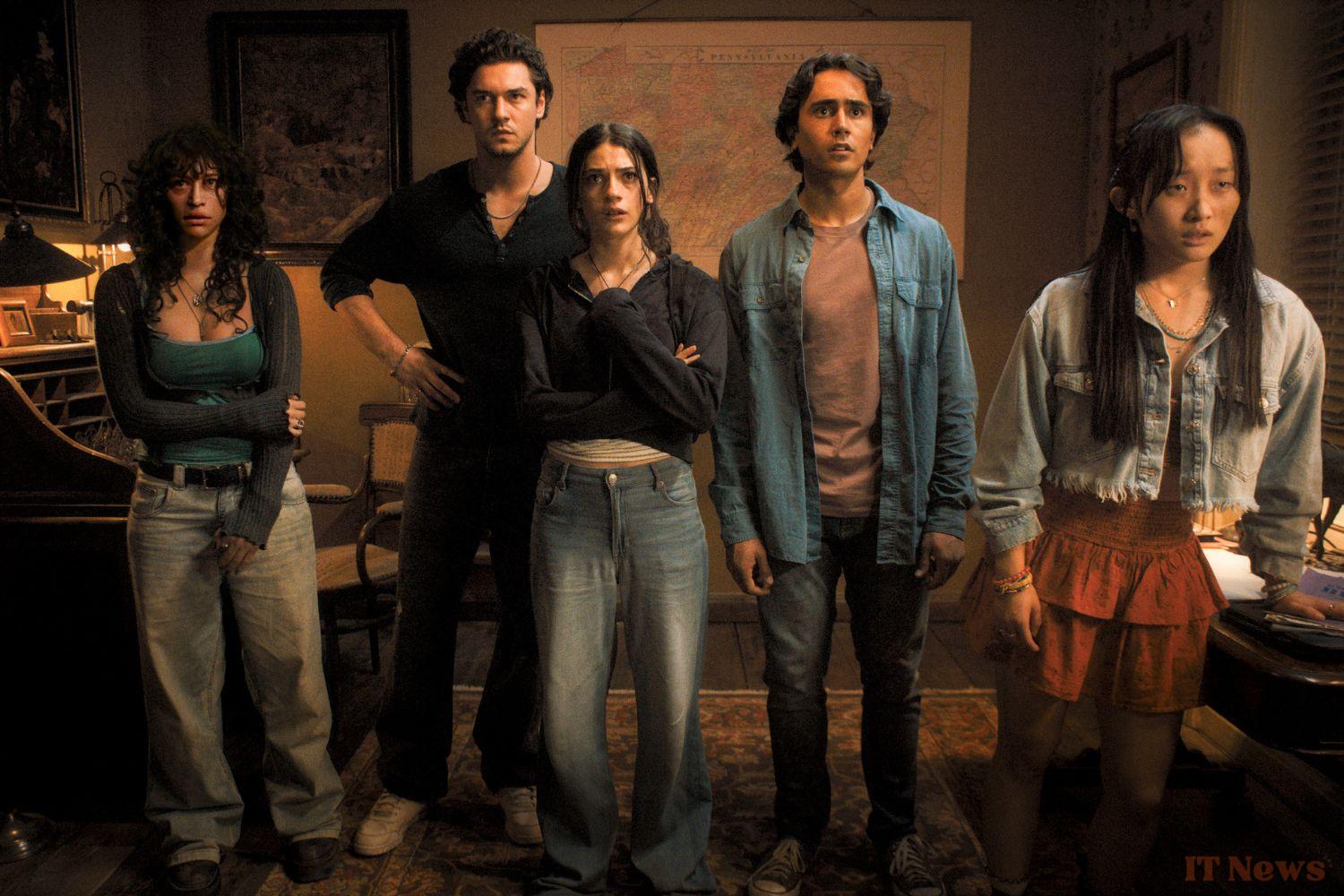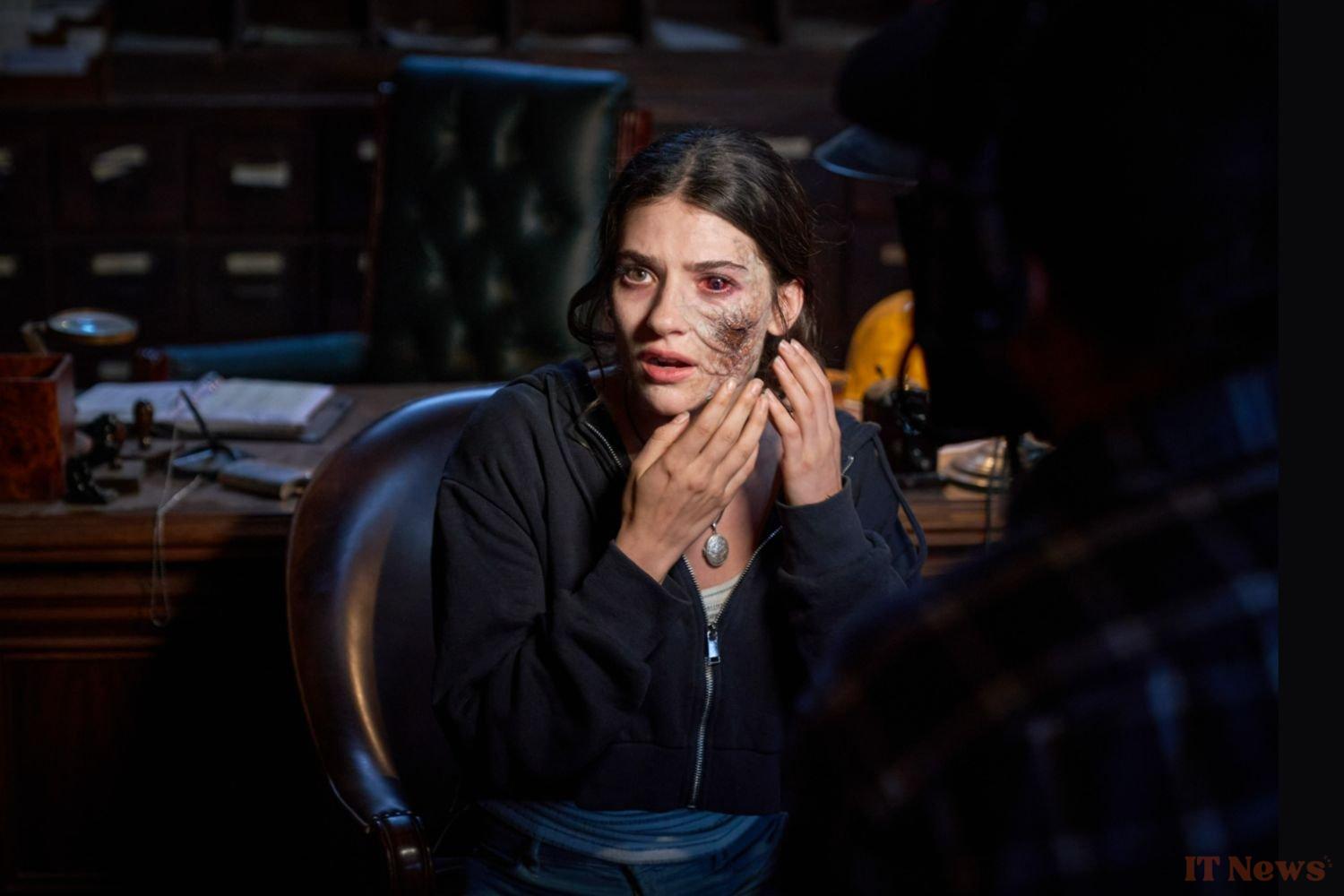With all the adaptations we've seen in recent years, we're starting to understand which ones are good and which ones we'll regret having seen. To be honest, Until Dawn has, until now, been in a gray area. A video game developed by Supermassive Games and released in 2015, it revolutionized the interactive storytelling genre by offering an almost cinematic story, except that the players had the fate of the characters in their own hands.
The goal? To ensure that as many protagonists as possible survive the night by making the right decisions at crucial moments. Unlike other video game adaptations, Until Dawn started with a premise that was impossible to transpose from one medium to another without losing all of its essence. When the first trailer was released, Sony Pictures, which was entrusted with the project, unveiled a new plot, inspired by the video game, but with a real adaptation work allowing us to rediscover Until Dawn in a passive way. Was the challenge brilliantly met? The answer in this review of Until Dawn: The Endless Death.
Enter the Circle
Just like in the original work, Until Dawn follows the adventures of a group of friends, young adults, who go to the heart of a wood as disturbing as it is isolated from the rest of the world. The breeding ground for all sorts of supernatural events. While Clover searches for her sister who has been missing for a year, she leads her friends to a deserted tourist resort, a trap that closes in on them from the moment Nina, one of the heroines, enters her name in the register.
From then on, the 5 characters find themselves trapped in an extraordinary time loop, which they must survive or be stuck there for eternity. They have until sunrise to devise a strategy, night after night addressing the dangers the loop imposes on them.
Unlike many films of the genre, Until Dawn breaks the classic concept of the time loop to offer us a variation in which each night is different from the previous one, putting our nerves to the test while the characters cannot anticipate what awaits them. Despite the quality of the promise on paper, it works a little less well in practice.
There are no bad ideas (are we sure of that?)
A time loop necessarily means repetition. To counter the monotony inherent in the concept, Until Dawn tries to be everywhere at once, but spreads itself thin without managing to make a clear and simple point. During the hour and a half of the film, we see a sort of compilation of everything the horror genre has to offer. The mid-plot ellipsis, justified by a collective memory lapse, is a technique that allows Sony to take an easy way out to present us with absolutely every facet of its gear.
We end up not knowing if we're watching a witch, ghost, vampire, werewolf, serial killer movie, or a psychological thriller. In terms of meaning itself, the explanations for the various events are always far-fetched, and nothing really makes sense when put together, including the final revelation.
Even with all these elements in play, the characters' behavior is extremely predictable, as are some of the main plot devices used by Sony. However, it's clear that the screamers are working. The sudden appearances of enemies of all kinds are among the film's strong points, which at least knows how to surprise on this point. We take our hats off to the visual effects that made us hide our eyes several times. Other details are surprising, and even promise a few slices of laughter, word of a freak. It's up to you to decide whether this works in the film's favor or not, which doesn't aim to be serious on all levels either.
We can't say that we're particularly fans of the acting. The performances are pretty average, so to speak, with a few exceptions to the rule (thanks to Peter Stormare and Odessa A'zion).
An adaptation that isn't one
We knew from the first trailer that the film's plot was meant to be different from the video game. We weren't going to be treated to extreme fidelity like we find in The Last of Us, for example, but rather a free interpretation of the concept of Until Dawn. A decision that's hardly surprising since it's absolutely impossible to replicate the immense interactivity of a video game in a feature film. For that, the project would have had to be entrusted to Netflix, which excels in the art of interactive films.
Unfortunately, the choices made by the writers struggle to work in this universe. What in the game is more the representation of a natural temporality becomes a constraint in the film, too present and too real. The hourglass embodies this symbol of "replayability" but does not at all accentuate the characters' choices, since the path changes with each reincarnation. There is therefore no longer any possibility of weighing the pros and cons of each action, or even of creating chain reactions based on a subtle change in the protagonists' behavior.
In terms of plot, certain elements do indeed remind us of the game. The landslide catastrophe echoes the fatal mine accident in the video game title, but is no longer the central point of the plot, which mixes with the psychological framework, to the point of becoming incomprehensible to the spectators. It is used here as an underlying pretext for Clover's psychiatric study. The real nod will therefore remain the appearance of the chalet from Until Dawn at the very end of the film, as if to signify to us that the characters from the video game are next on Dr. Hill's list.






0 Comments